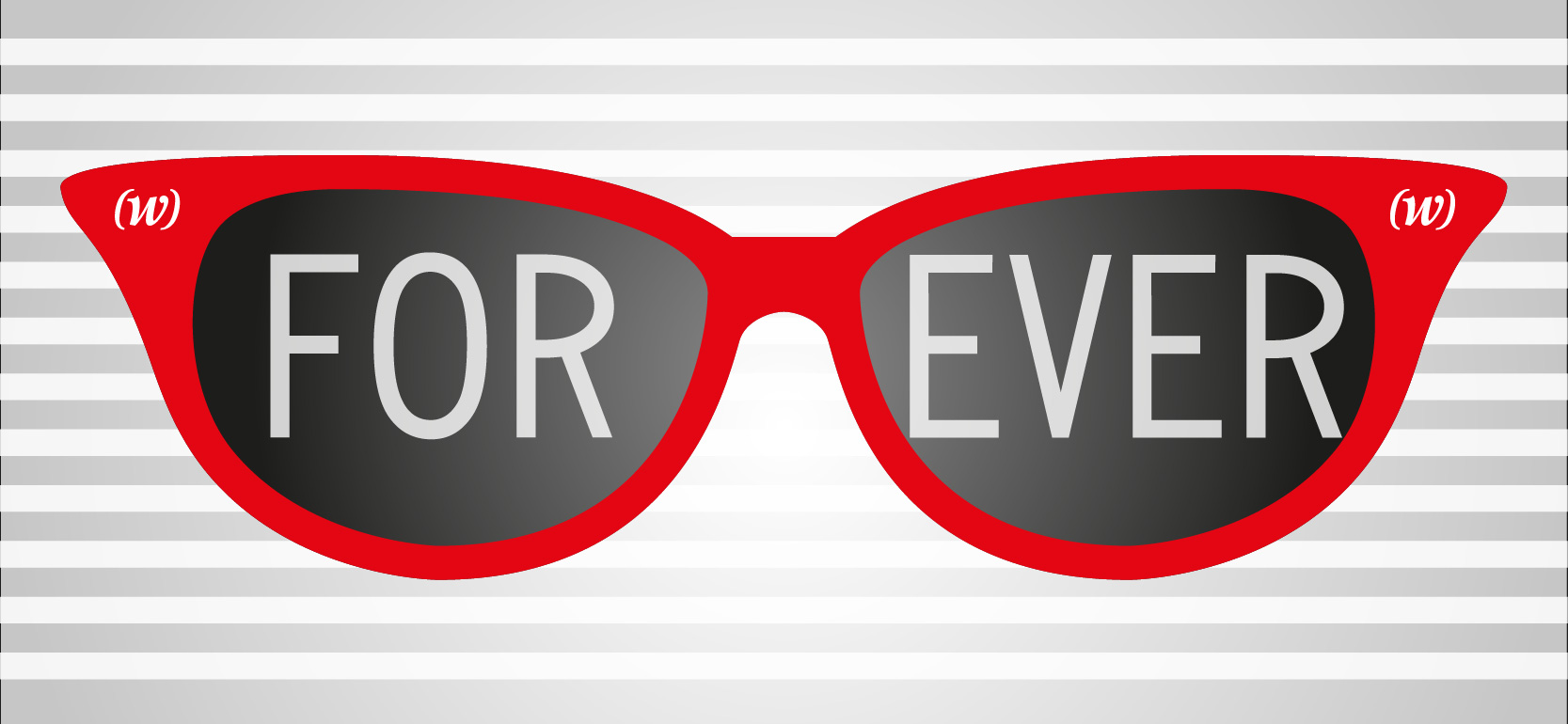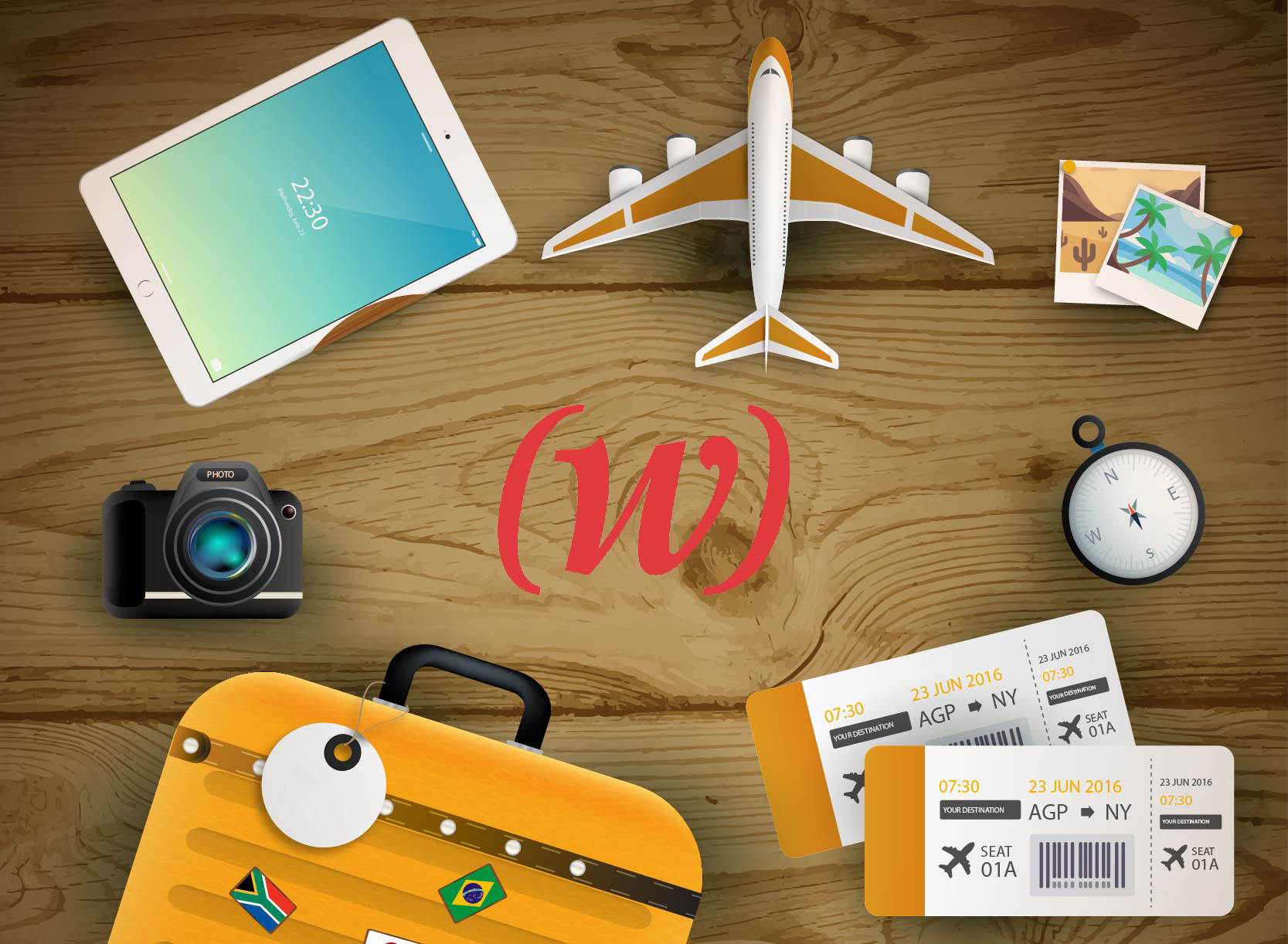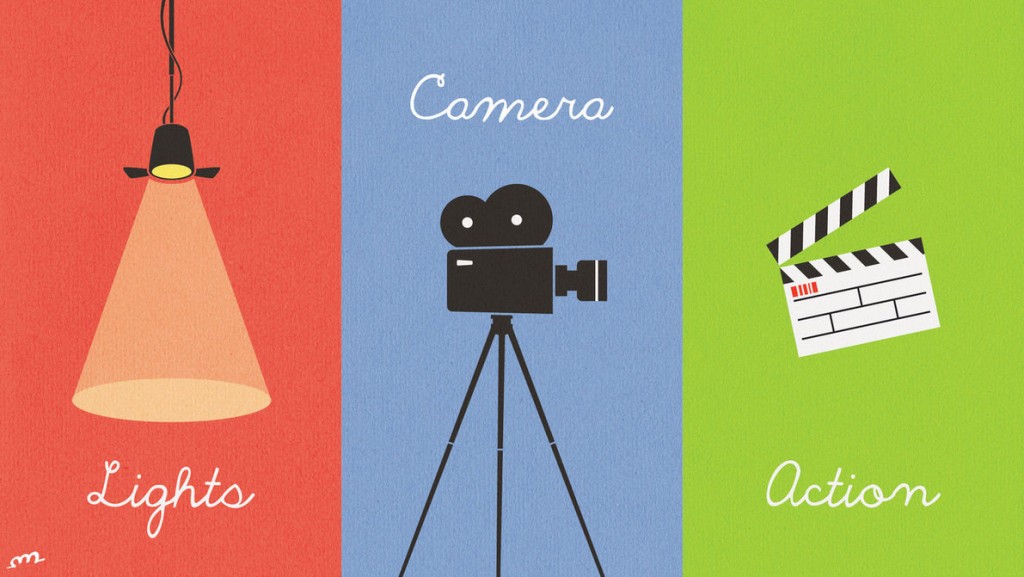By Aisha Belagam—Jr. Communications Strategist
Twitter: @AishaBelaPR
As we get closer to 2017, amidst a flurry of new trends, it is important to remember that the traditional fundamentals of public relations are timeless and the backbone of any campaign, be it 1977 or 2017.
Here are five forever PR techniques that I always return to, no matter what platform, reporter, or message I’m working with:
1) Write well, not good
The digital age has certainly increased the demands placed on public relations professionals. As the role has evolved into a management discipline, strategy and critical thinking drive executions. However, no matter how you slice it, writing continues to be the fundamental skill one must possess to thrive in the industry. Strong writing skills are consistently the top-rated PR skill in multitudes of surveys, including this recent one from Gould and Partners.
Advanced writing skills are more important than ever in today’s changing landscape, where everything is instant. Journalists and PR professionals are dealing with 24/7 deadline pressures, while citizen journalists are simultaneously posting stories, videos, rumors, and statements that can permanently damage reputations. With heightened expectations and less time for give-and-take between journalists and publicists, it is vital that a PR professional can write well and deliver content that can be published as is, if needed.
It’s no wonder why so many PR pros, including myself, have journalism degrees.
2) Do your homework
Want to gain credibility and be taken seriously by reporters? Do your research. Distribution is easy if you spend your time wisely. Rather than blindly pitching hundreds of reporters and publications, spend your time developing a highly-targeted media list with unique angles to work with. You are more likely to spark interest this way. What has the reporter written about lately? How does it relate to your client’s story? Connect the dots and show the reporter why your story is relevant. Remember what runs through the reporter’s mind: WIFM (What’s In It For Me).
3) Put the relations back into public relations
Alluding to my last point, PR/journalist relationships still rest on the rudiments. Good chemistry trumps a random, well-crafted pitch. There is no substitution for real, emotional connection, regardless of how strategic and seamless your pitch is. Behind the screens, we are all humans. Build trust, rapport and friendships with media members and make life easier for both sides. Sure, no one has time for frequent business lunches anymore. Leverage the tools of today to balance it out. A Facebook comment, Instagram like or casual chitchat over the phone can help build that relationship.
“That Facebook video of your son taking his first steps was precious, William. Did he end up making it to the chair with some practice?”
4) Man bites dog
That sure got your attention. You never read about the dog that bit the man. Or about the plane that did not crash. Alfred Harmsworth’s (1865-1922) words hold true to this day. Be unusual. Make your story different. Offer a unique angle.
Why? Because as New York Sun editor John B. Bogart so eloquently said, “When a dog bites a man, that is not news, because it happens so often. But if a man bites a dog, that is news.”
5) Do the right thing
Public relations professionals face many unique and challenging ethical issues. Simultaneously, protecting integrity and public trust continue to be crucial to the profession’s role and reputation. That’s why it is vital to refer to the PRSA Code of Professional Ethics. Ethics make or break careers. The power of doing the right thing is illimitable.
It’s why I’m a part of (W)right On Communications. We provide award-winning, full-spectrum communications to billion-dollar companies and small businesses alike because we live by these timeless tips as we embrace the ever-changing landscape.
What matters most to you? Let us know in the comments. Or of course, tweet, tweet!










 Grant Wright
Grant Wright






 Corie Fiebiger
Corie Fiebiger
 Shae Geary
Shae Geary Roman Lukjanenko
Roman Lukjanenko Phelan Riessen
Phelan Riessen Katrina Early
Katrina Early Hamish Marshall
Hamish Marshall